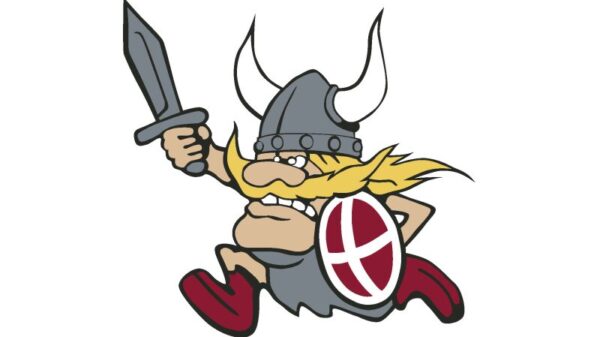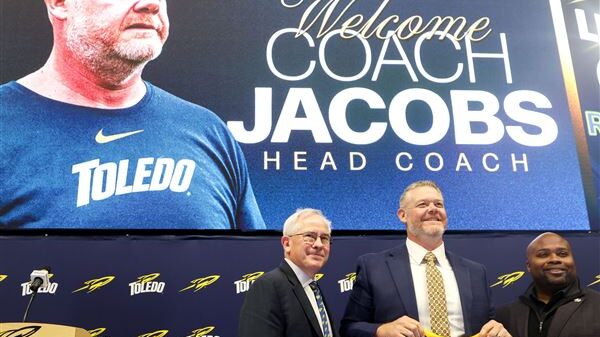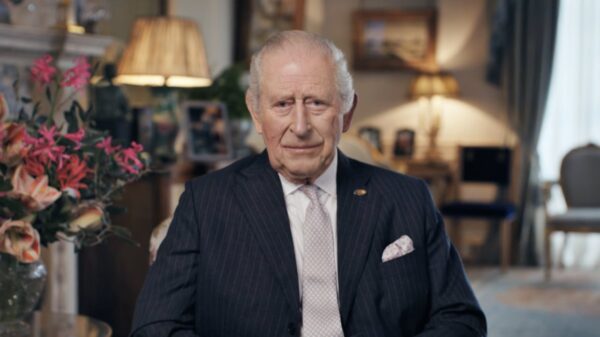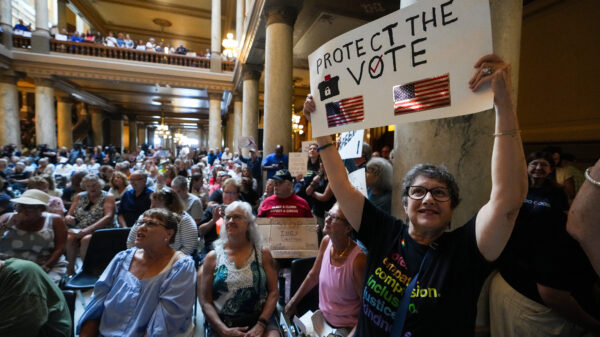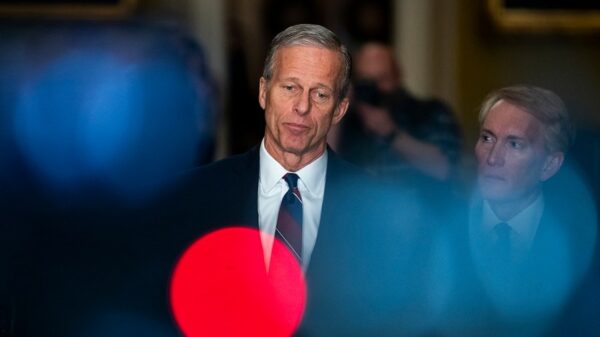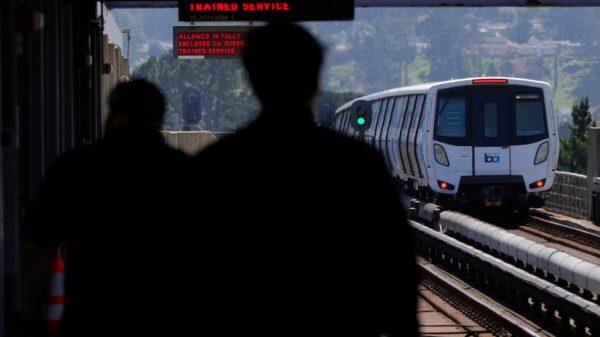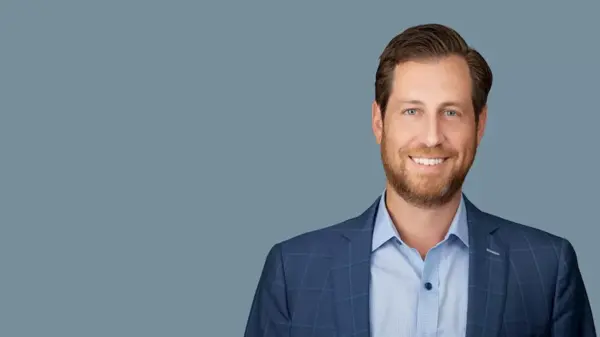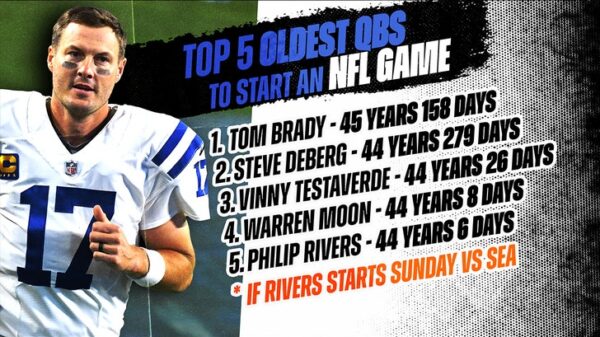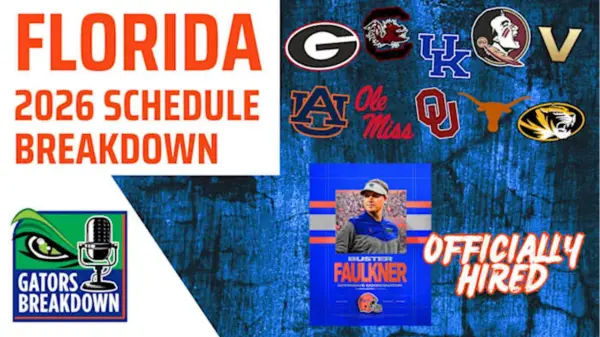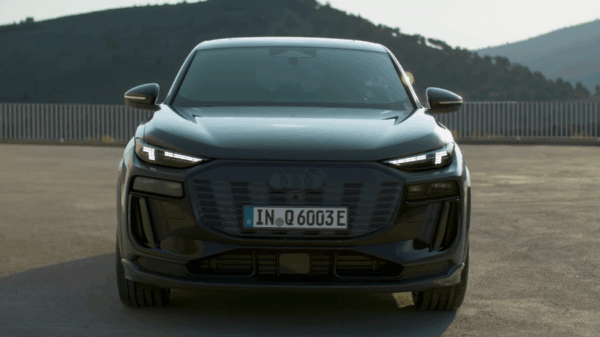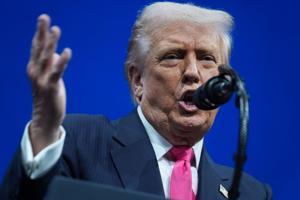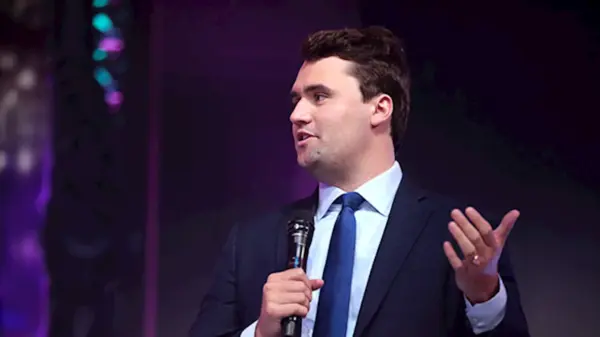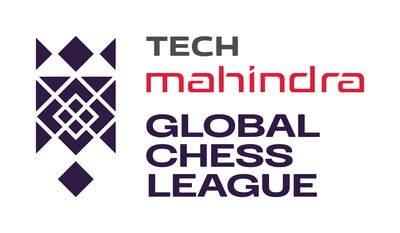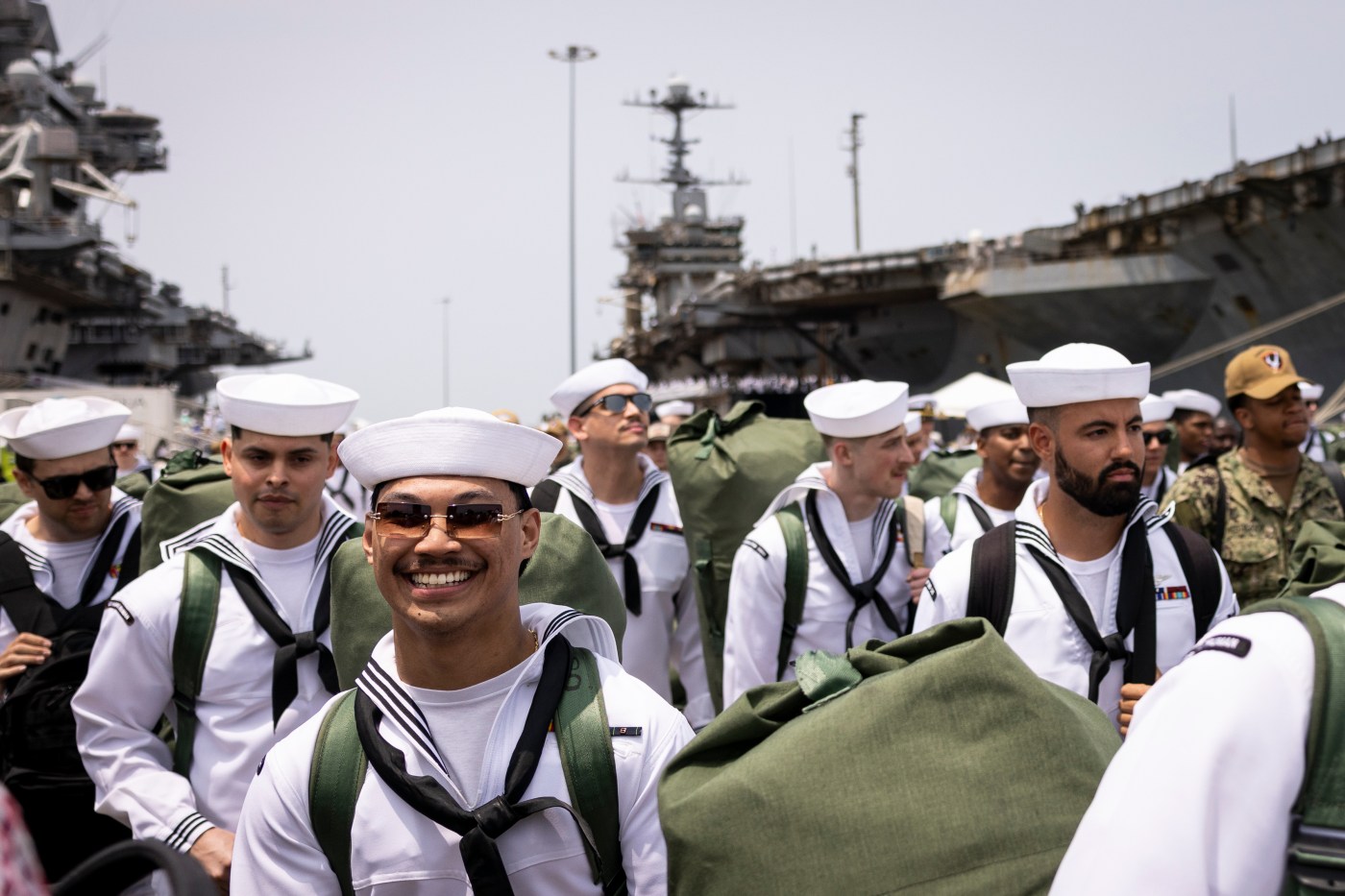Every year on Veterans Day, the United States pauses to honor the sacrifices made by those who have served in the military. As the nation reflects on the bravery and commitment of these individuals, it is essential to also consider how the concept of a veteran is changing. A recent study by the Center for a New American Security titled “The Future Veteran: Who Will They Be in 2050?” highlights significant shifts in technology, demographics, and the nature of warfare that will redefine military service by the year 2050.
The transformation is already underway. Advances in technology and evolving warfare strategies mean future veterans may never set foot on a traditional battlefield. Instead, they are likely to engage in cyber operations, operate drones, and manage artificial intelligence defense systems. This shift raises questions about how society will support those who serve in these new capacities.
In locations such as Hampton Roads, changes are visible in military installations and operational practices. This evolution reflects a broader trend in which today’s veterans are predominantly male, shaped by their experiences in Iraq and Afghanistan. Many have dealt with the physical and psychological scars of combat, navigating the complexities of reintegration into civilian life.
As the demographics of military service evolve, the future veteran will represent a more diverse group, including more women, people of color, and individuals with advanced degrees. The traditional image of a veteran, often associated with physical combat, is becoming outdated. Veterans of 2050 may possess resumes more akin to tech engineers than to platoon leaders.
This shift presents challenges for existing systems, particularly in healthcare and employment. Questions arise about how trauma related to digital warfare will be treated. Will employers recognize skills acquired in fields such as quantum computing or cybersecurity? As warfare becomes increasingly automated, the cultural and ethical disconnect between the military and the public is likely to widen. Future veterans may find it difficult to articulate not just what they did, but why their service matters in an era where conflicts are often remote and invisible.
A recent Remembrance Day ceremony at Winfield House, attended by diplomats from the U.S. Embassy, served as a poignant reminder of the importance of honoring service members. The ceremony was solemn and dignified, yet the audience was largely composed of older veterans, reflecting a demographic that may not represent the future of military service.
If Veterans Day is to remain relevant, it must evolve to reflect the changing nature of service. Honoring those who serve requires adapting policies, perceptions, and support systems to meet the needs of a new generation. As tools of warfare change from boots on the ground to advanced technology, the essence of military service—sacrifice, duty, and commitment—endures.
This Veterans Day, it is crucial to not only honor the past but also to look forward. The respect and support for veterans must remain steadfast, regardless of how warfare transforms. David W. Walker, president and CEO of the Coalition to Salute America’s Heroes, emphasizes that gratitude for service must span all generations, whether in trenches, in the air, or on digital front lines. As society prepares for a future shaped by new forms of military engagement, it is vital to bridge the gap between the military and civilian worlds. By doing so, we can ensure that all veterans feel valued and supported in their unique experiences.

